1,575 days, 2,409 entries ...
Newsticker, link list, time machine: HOLO.mg/stream logs emerging trajectories in art, science, technology, and culture––every day
“European scientists seem to be quite captivated that this time period starts very recently. For Indigenous and other displaced and dispossessed peoples who were impacted by violence over the last 600 years, everything that leads up to what makes this global shift possible starts much earlier.”
Saša Spačal’s solo exhibition “[UN]EARTHING” opens at Stadtgalerie Saarbrücken (DE), presenting works that trace the deep links between human biology and the soil. “Every time we breathe, we pull the world into our bodies,” the Slovenian artist and researcher writes about the planetary metabolic flows on view. The Meta_bolus bioreactor (2017, image), for example, invites visitors to sniff the seductive geosmin aroma emitted by Streptomyces bacteria which evokes “the memory of a forest after rain.”
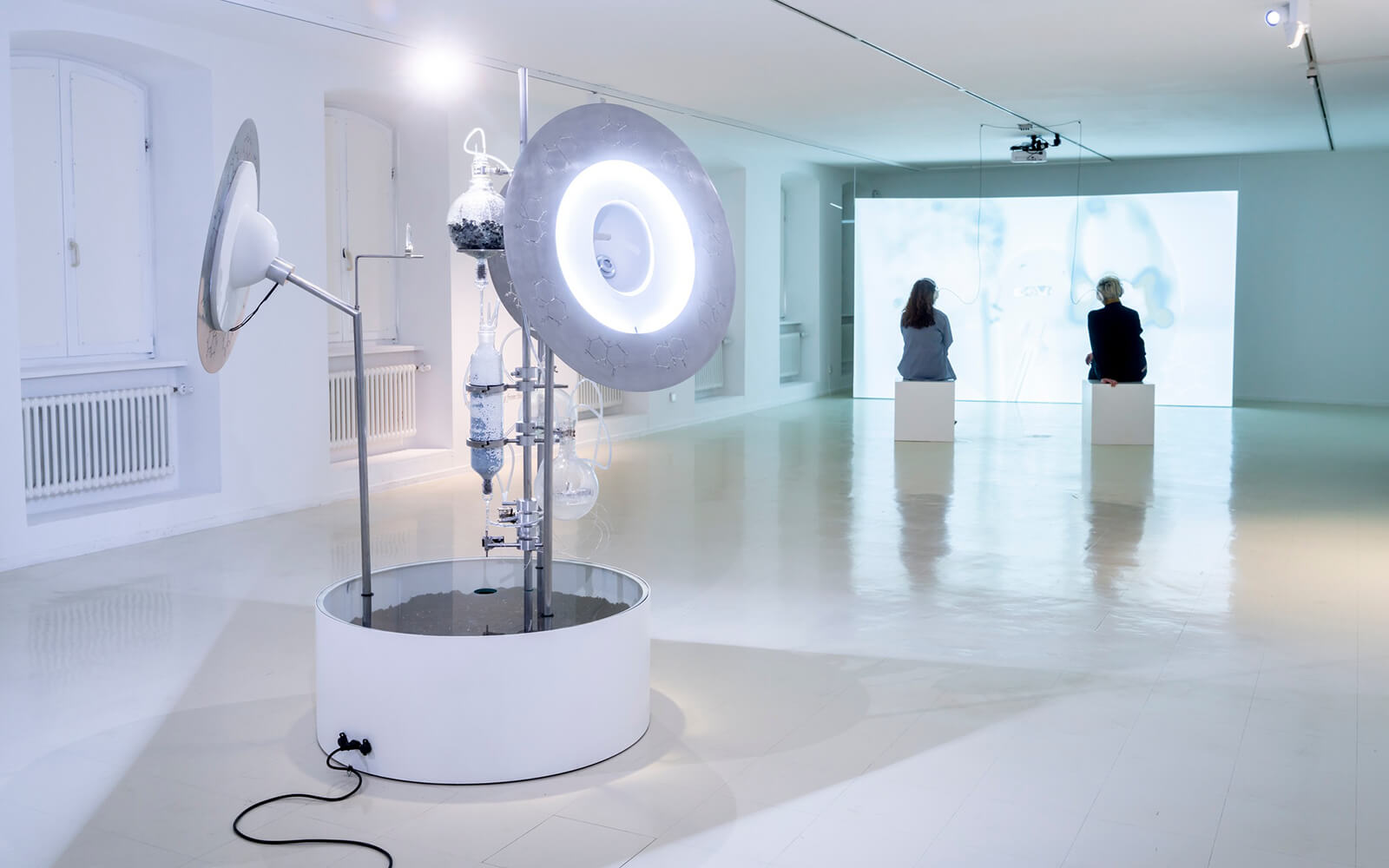
“My Body, a Coral Reef?” asks curator Julia Katharina Thiemann in a new evocative group exhibition at the Rudolf Scharpf Galerie of Ludwigshafen’s Wilhelm Hack Museum (DE). Works by Imayna Caceres, Alicia Frankovich, Dominique Koch, Pei-Ying Lin, Theresa Schubert, Saša Spačal, and others radically de-centre the self to remind us that “all living beings are meta-organisms and cannot exist on their own.” Spačal’s biotech installation The Library of Fallen Tears (2022, image), for example, contains vials of dried tear microbiome.
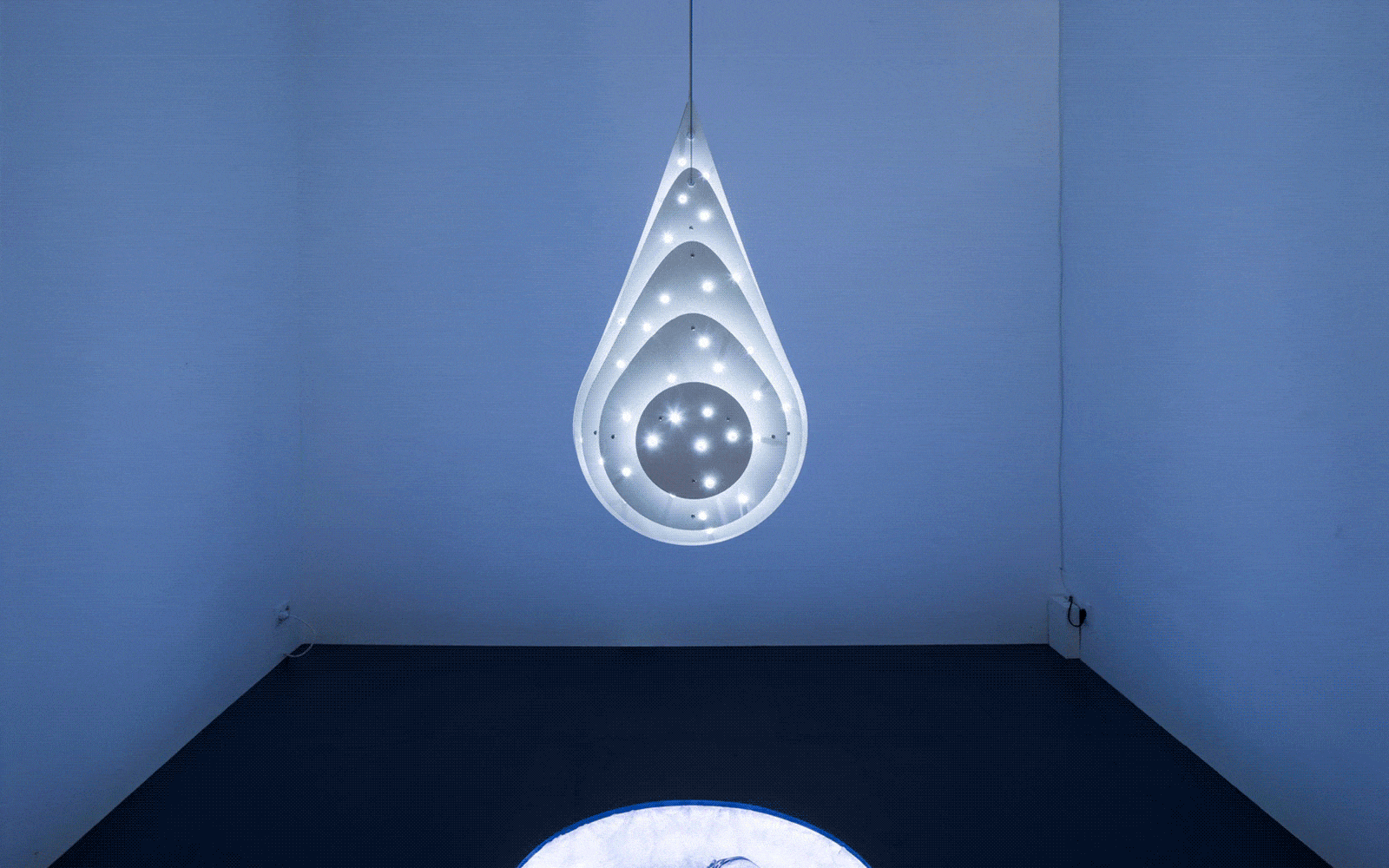
“Data Garden,” an exhibition by Kyriaki Goni, opens at Blenheim Walk Gallery in Leeds, UK. In it, the Greek artist presents her eponymous ongoing series (image), which uses CGI and sculpture to chronicle Saxifraga depressa and Micromeria acropolitana, plant species native to the Dolomites mountain range and the Acropolis. Presenting plant DNA as a communication protocol that links communities, Goni centres “deep time, geological transformations, and plant history.”
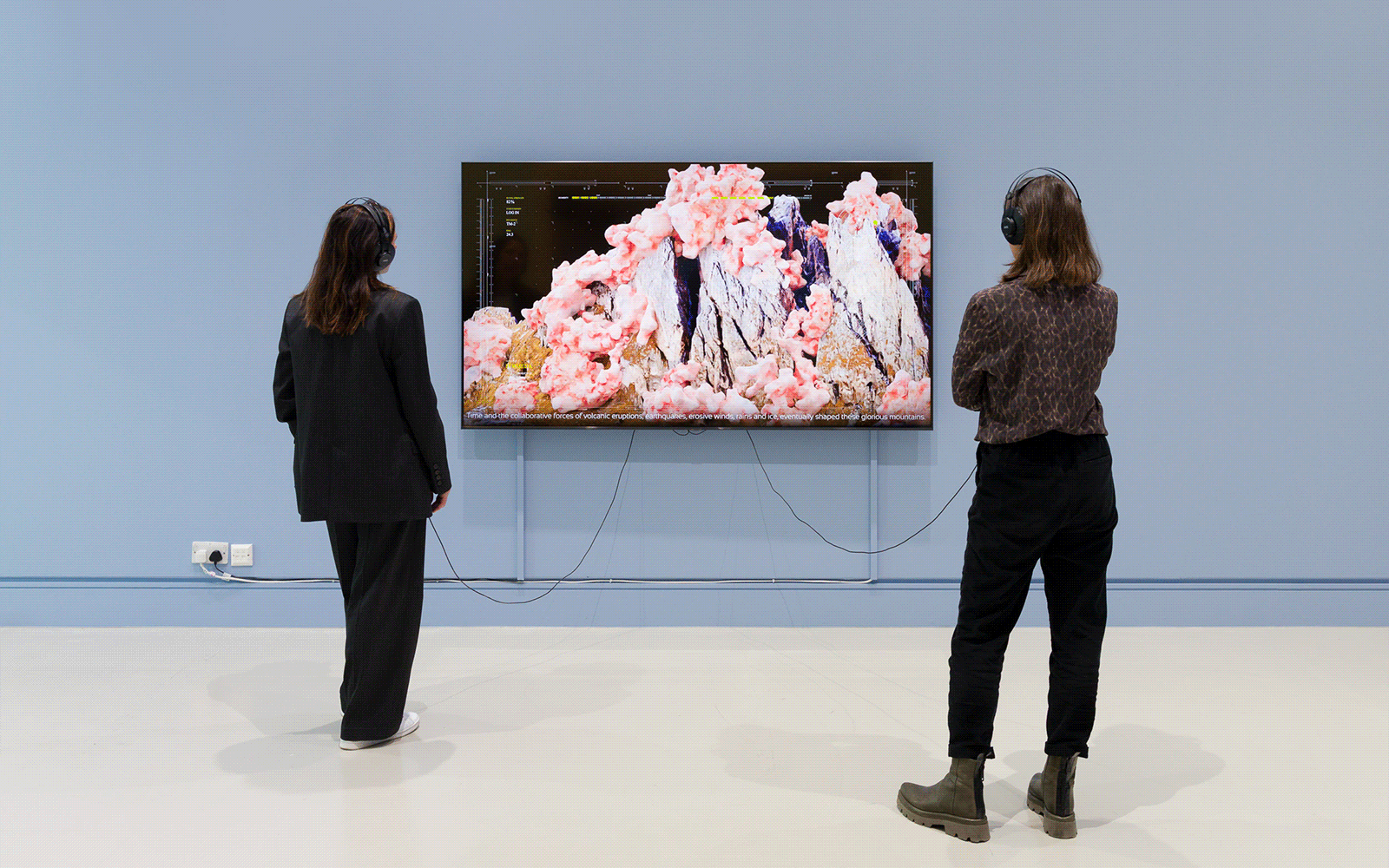
“Tracing Memories,” a show presenting two decades of projects by Maarten Vanden Eynde, opens at Berlin’s NOME gallery. Its collected works articulate the Belgian artist’s driving question (“how will we look back to the past in the future?”), and answer it with witty and incisive sculptural encapsulations of pressing issues including peak oil, broken democracy, prolific mass production, and unchecked resource extraction (image: History of Man, 2022).
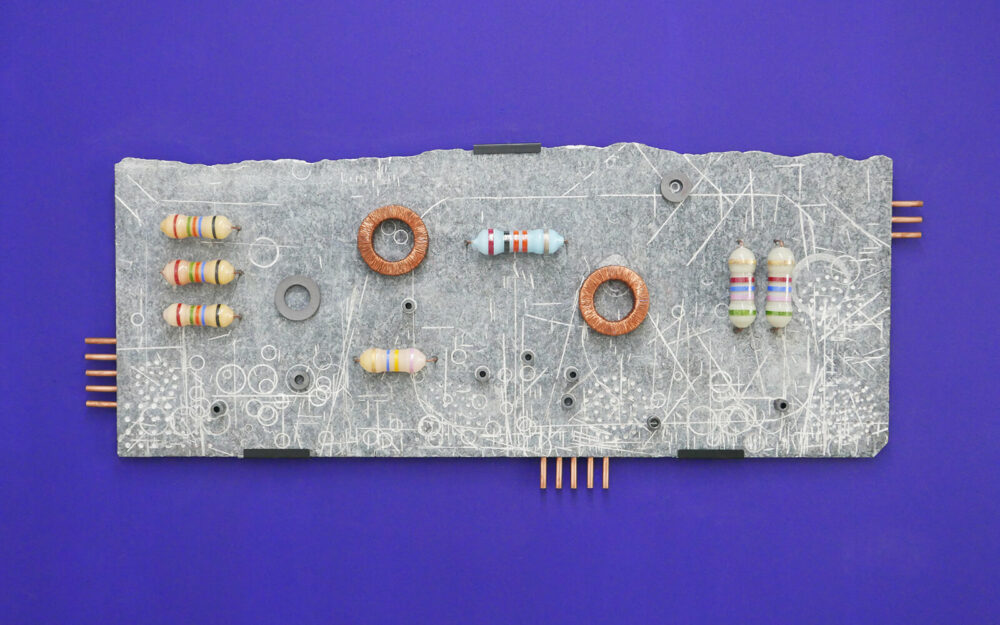
“Because The Sky Will Be Filled With Sulfur,” a show by artist Jeremy Bolen opens at the Museum of Contemporary Art, Georgia (MOCA GA) in Atlanta. Contemplating deep time, its works consider the future-history of the climate crisis and the “aesthetics of a possible geo-engineered future.” Included are photos of an expedition to a key Anthropocene site, and a new series of casts of 20th century relics: air conditioners, airplane parts, and leaf blowers (image).
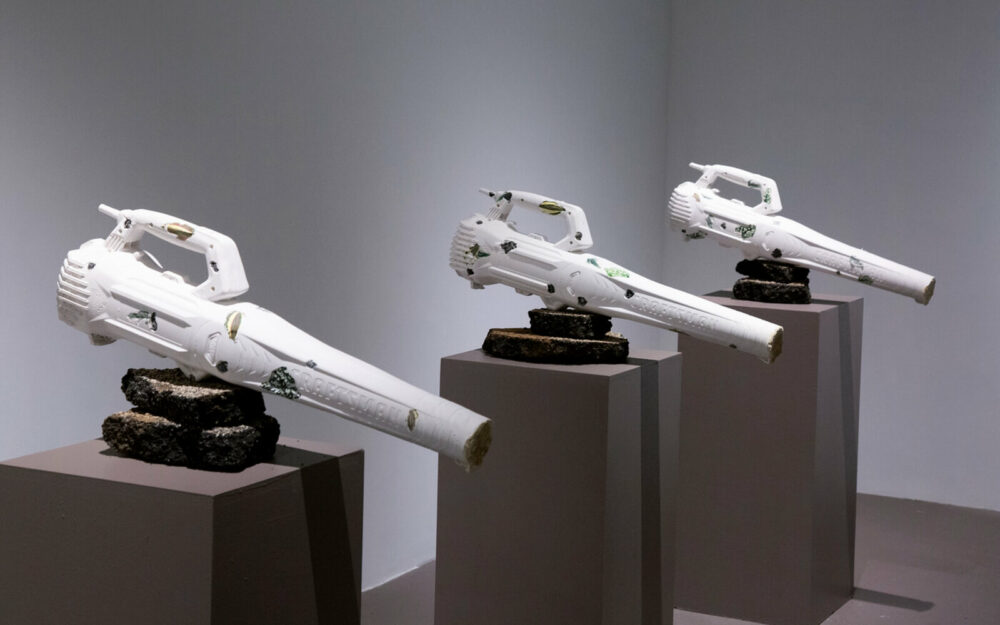
“Earth Indices: Processing the Anthropocene,” a show by Giulia Bruno & Armin Linke working in consultation with the Anthropocene Working Group, opens at Berlin’s Haus der Kulturen der Welt (HKW). Foregrounding imagery that translates evidence of the earth’s transformation into “data that can be interpreted” (image: Line Scans of Antarctica Ice Core, 2022), the show reveals the “instruments, procedures, and practices” that produce geological knowledge, write the curators.
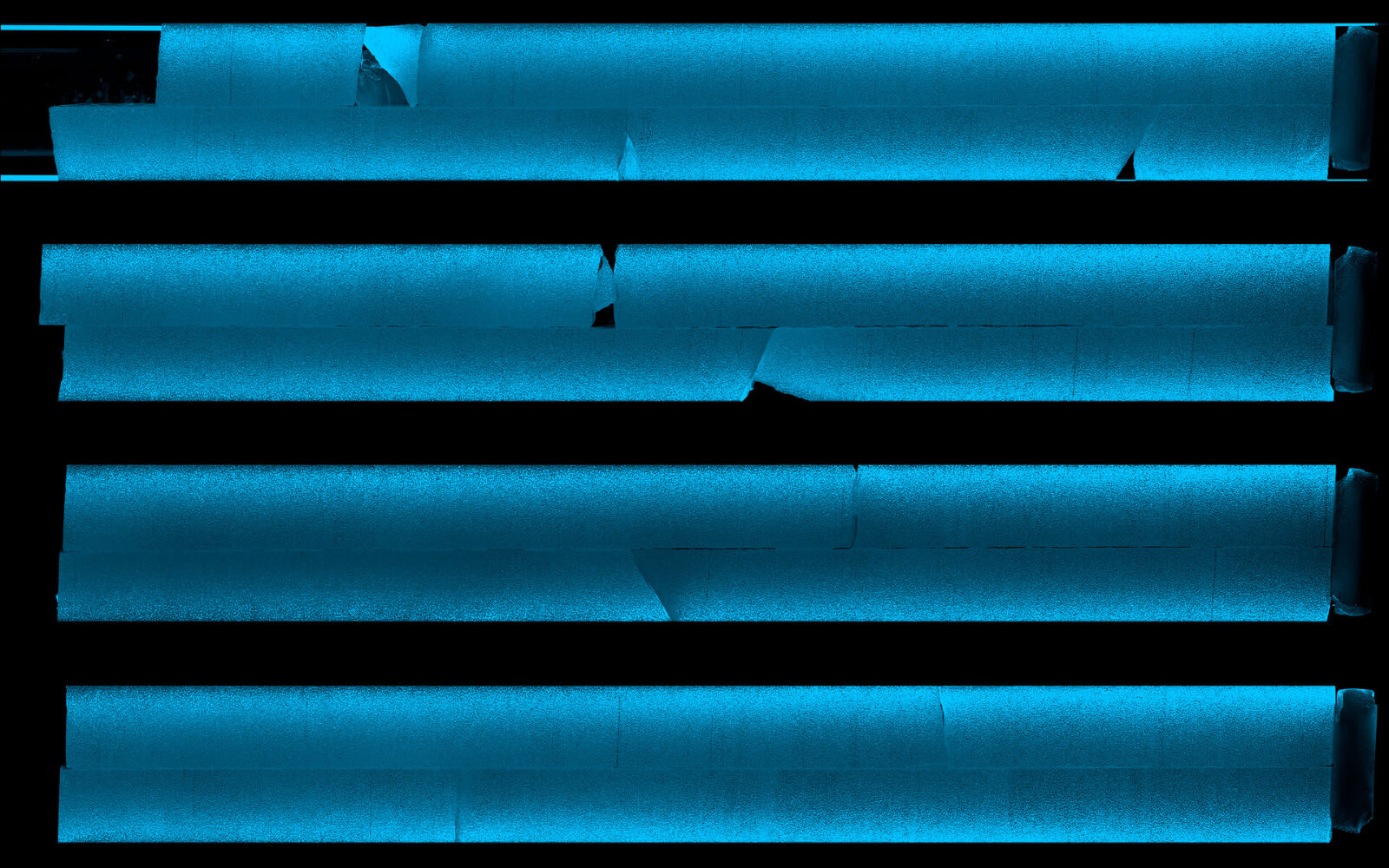
Adam Basanta’s mixed media installation “Possible Futures” opens at Maison des Arts de Laval in Laval, Quebec, confronting viewers with three “oblique thought-experiments” comprised of discarded domestic objects, biological and artificial ecosystems, and techno-cultural artifacts. Future balanced (Chesterfield), for example, combines a discarded sofa with a miniature, fully-functioning, aquaponic farm. It’s a living sculpture that makes “tentative proposals and uneasy predictions.”
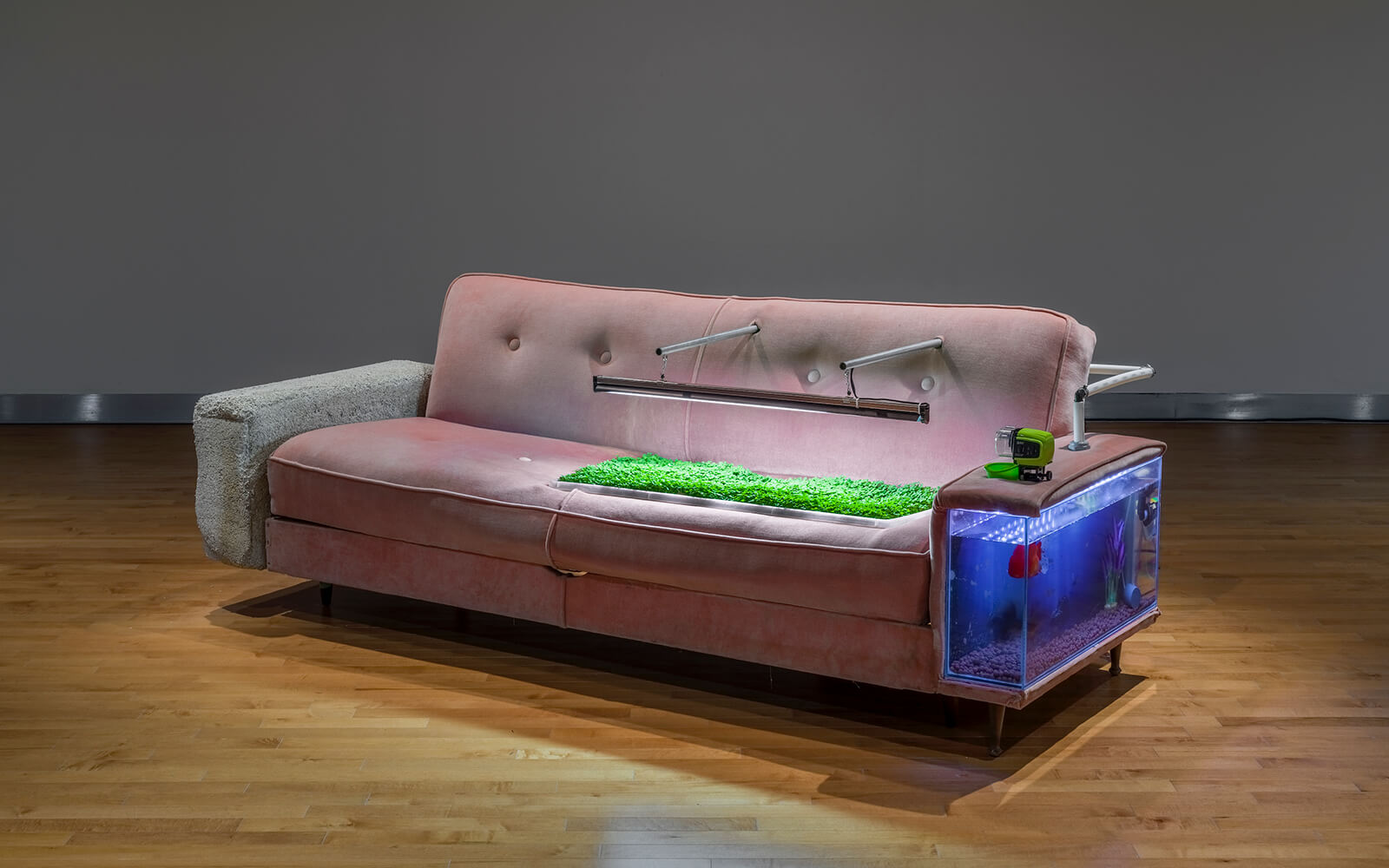
Extending out of Oli Sorenson’s visual cataloguing of the technological artifacts and compromised landscapes of our current era, “Diamond edition: Panorama of the Anthropocene” opens at Montréal’s ELEKTRA Gallery. For the show, Sorenson adapts material from the his ongoing painting and inkjet series about the perennial clash between production and nature (image: Oil extraction detail, 2020) rendered in the style of “Minecraft’s landscapes and Peter Halley’s geometries,” and (re)presents it on angled digital displays.
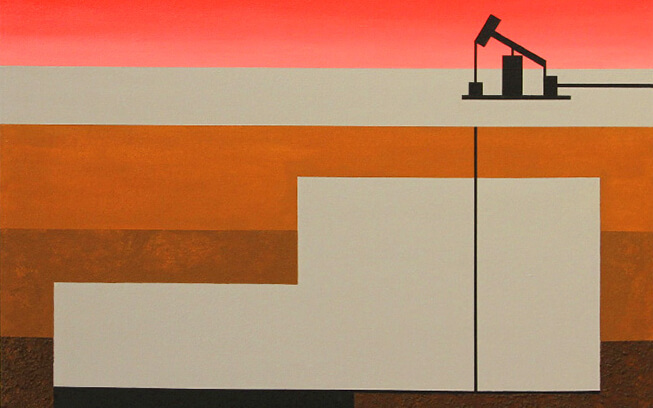
Nicolas Nova & DISNOVATION.ORG
A Bestiary of the Anthropocene
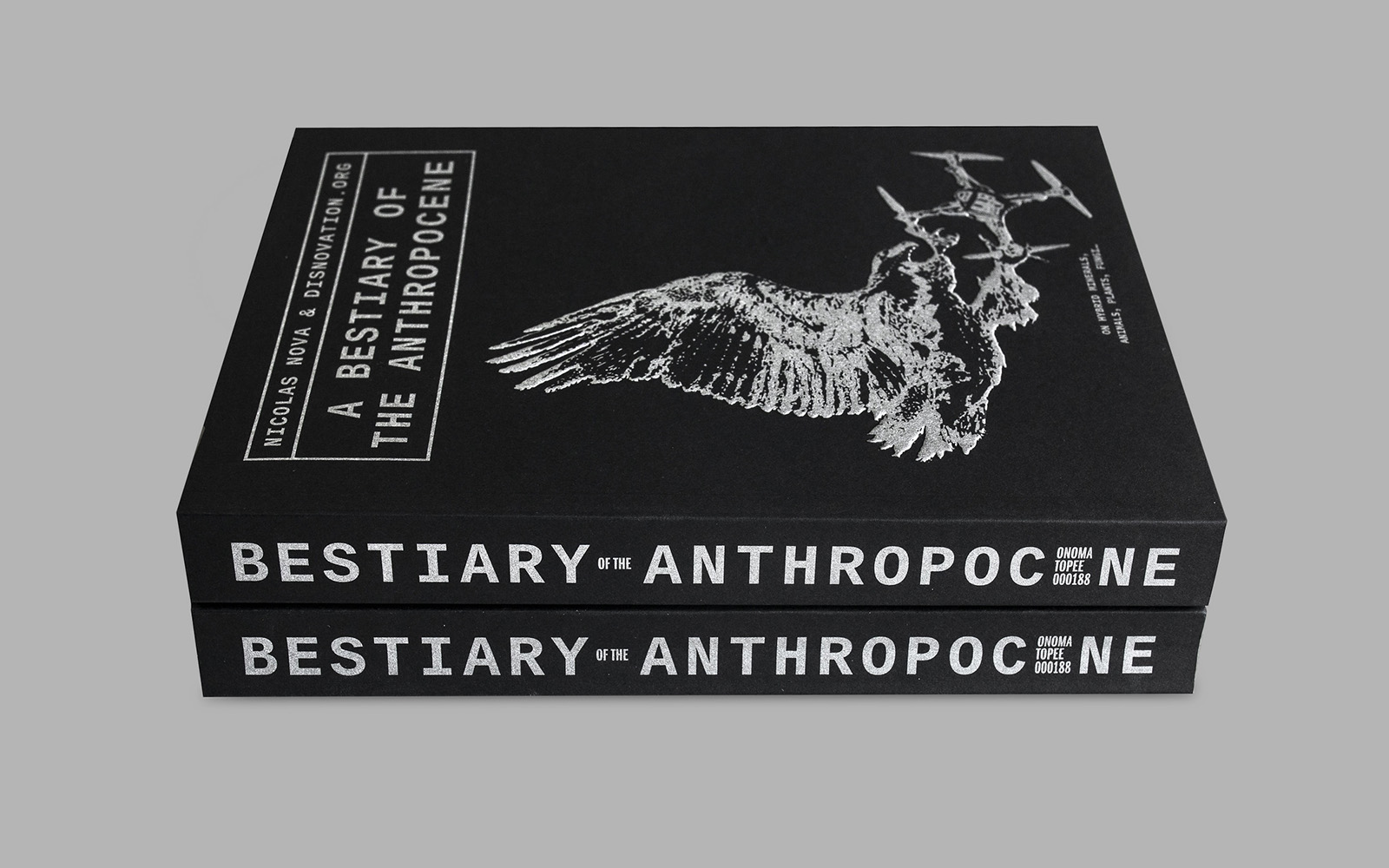
“Our stuff can be broken down into ingredients, of which concrete and aggregates take a gargantuan share…. Then come bricks, asphalt and metals. On this scale, plastics are a minor ingredient—yet their mass is still greater, now, than that of all animals on Earth.”
Daily discoveries at the nexus of art, science, technology, and culture: Get full access by becoming a HOLO Reader!
- Perspective: research, long-form analysis, and critical commentary
- Encounters: in-depth artist profiles and studio visits of pioneers and key innovators
- Stream: a timeline and news archive with 1,200+ entries and counting
- Edition: HOLO’s annual collector’s edition that captures the calendar year in print
